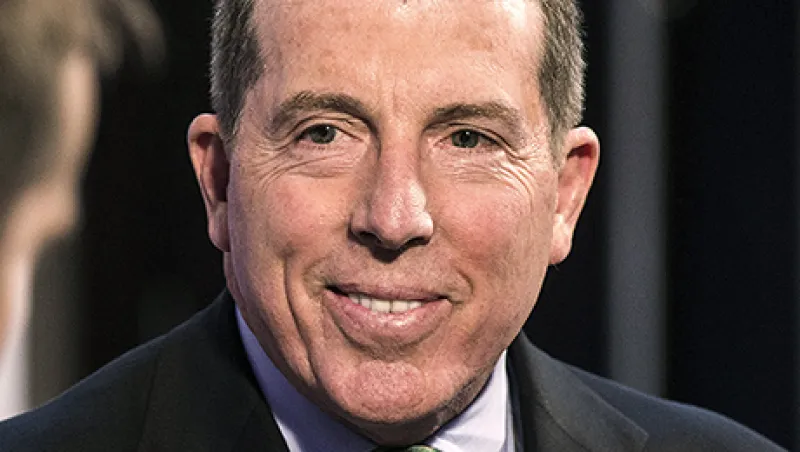
Barclays’ African Jewel May Not Sparkle for ex-CEO Bob Diamond
As the U.K. bank looks to unload its business in the region, observers think Diamond’s Atlas Mara may pursue only some of those assets.
David Rothnie
March 25, 2016


